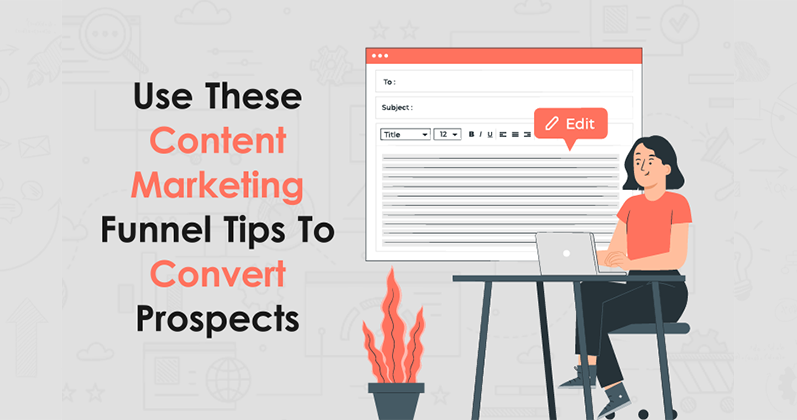Understanding the Impact of Google's March 2024 Core Update on SEO

Google’s March 2024 core update has immensely impacted SEO. The update focuses on user experience and high-quality content, demoting unhelpful content and prioritizing informative websites.














